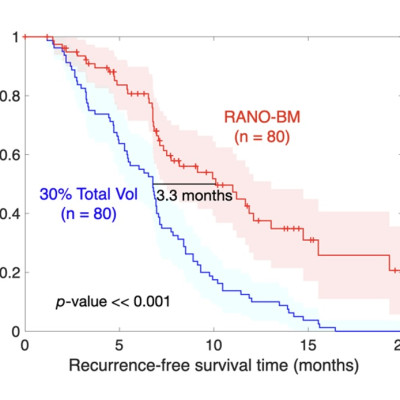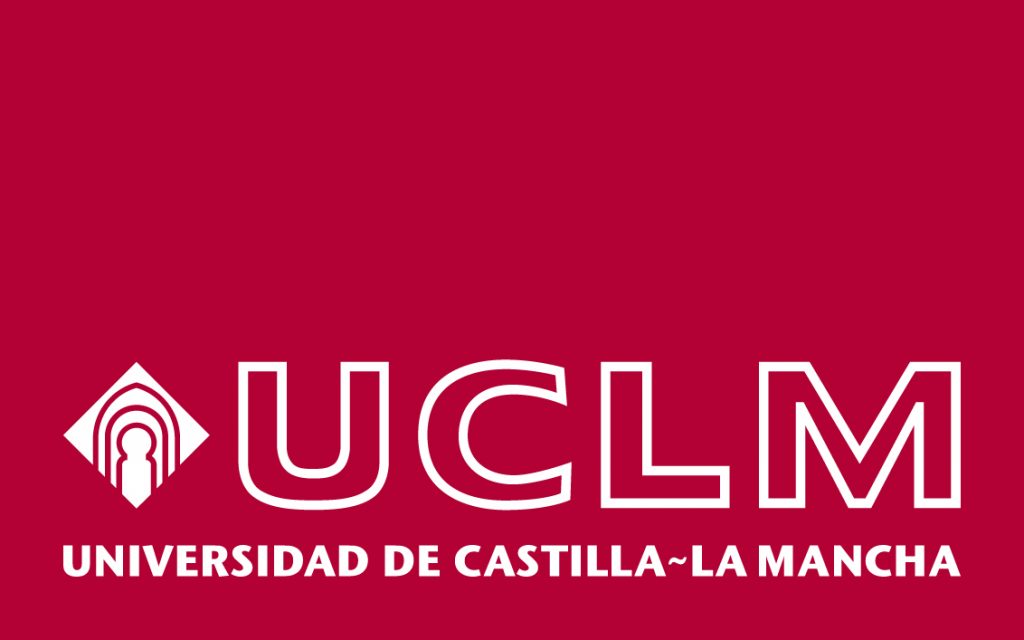Publication
Volumetric Analysis: Rethinking Brain Metastases Response Assessment
B Ocaña-Tienda, J Pérez-Beteta, JA Romero-Rosales, B Asenjo, A Ortiz, LA Pérez Romasanta, JD Albillo, F Nagib, M Vidal Denis, B. Luque, E. Arana, VM Pérez-García
Neuro-Oncoloy Advances 6(1), 1-9 (2024)
MOLAB authors
Abstract
Background: The Response Assessment in Neuro-Oncology for Brain Metastases (RANO-BM) criteria are the gold standard for assessing brain metastases (BMs) treatment response. However, they are limited by their reliance on one dimension, despite the routine use of high-resolution T1-weighted MRI scans for BMs, which allows for 3D measurements.
Purpose: Our study aimed to investigate whether volumetric measurements could improve the response assessment in patients with BMs. We sought to compare the performance of RANO-BM with criteria based on fractional variations of the total volumes.
Materials and Methods: We retrospectively evaluated a dataset comprising 783 BMs and analyzed the response of 185 of them from 132 patients who underwent stereotactic radiotherapy between 2007 and 2021 at five hospitals. We used T1-weighted MRIs to compute the volume of the lesions. For the volumetric criteria, recurrence was defined as at least a 30% increase in volume, and partial response was characterized by a 20% volume reduction.
Results: Our study showed that the proposed volumetric criteria outperformed the RANO-BM criteria in several aspects: 1) Evaluating every lesion, while RANO-BM failed to evaluate 71.9% of them. 2) Classifying response effectively in 140 lesions, compared to only 72 lesions classified by RANO-BM. 3) Identifying BM recurrences a median of 3.3 months earlier than RANO-BM criteria.
Conclusion: Our study demonstrates the superiority of volumetric criteria in improving the response assessment of BMs compared to the RANO-BM criteria. Our proposed criteria allow for evaluation of every lesion, regardless of its size or shape, better classification, and enable earlier identification of recurrent lesions. Volumetric criteria provide a standardized, reliable, and objective tool for assessing treatment response.














